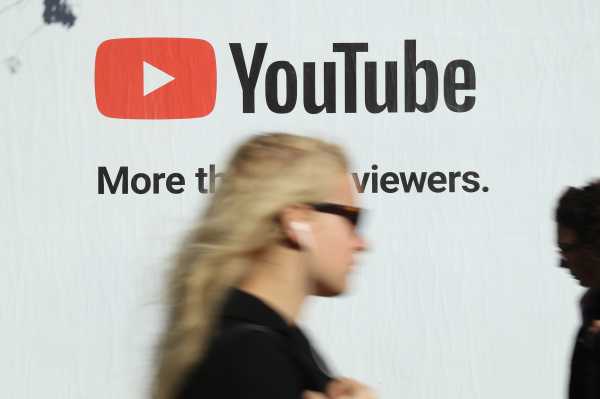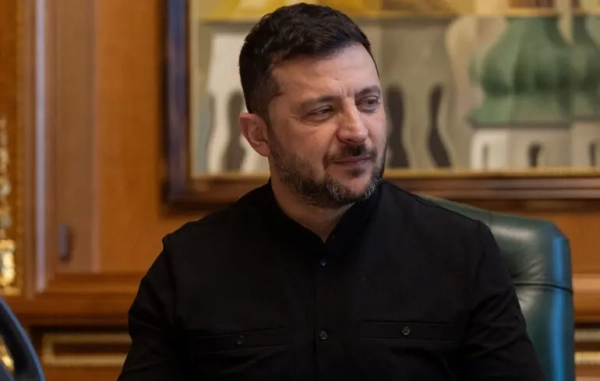
YouTube is playing a major role in creating a new generation of racist, far-right activists.
That’s the disturbing conclusion from two significant reports published in the past several days on the state of the online far-right. Taken together, they find that YouTube is the most popular platform for the alt-right, and that hardcore far-right individuals are more likely to say they were radicalized by consuming online content, particularly its videos. All in all, it suggests that the platform — which has over one billion users — is serving as a particularly potent tool for hate movement recruiting, with potentially unknown social consequences down the line.
The most recent of the two reports, published on Monday morning, took a quantitative look at users who identify with or are connected to the alt-right movement on Twitter. Author J.M. Berger, a scholar with the EU research group VOX-Pol (which has no relation to Vox.com or Vox Media), conducted a detailed analysis of nearly 30,000 Twitter accounts that either tweeted alt-right content or followed others who did. The goal was to document the habits and practices of the alt-right on Twitter in a kind of overall “census” of the movement.
One of the most interesting results is in the section on “tweeted URLs”: an analysis of what content from non-Twitter websites that alt-right accounts chose to broadcast. Berger found that YouTube was, by far, the most common external site alt-righters linked to. There were about 74,000 tweets linking to YouTube videos in his sample; the next-closest external site was Facebook, with only 23,000.
Berger’s report provides good evidence that YouTube is the most popular platform with the alt-right. But it doesn’t analyze the content of the videos or analyze what effect they have on people who consume them.
That’s where the second report, from the investigative journalism outfit Bellingcat, comes in.
Reporter Robert Evans conducted an in-depth analysis of comments by 75 far-right individuals on how they were converted. The comments came from leaked logs of Discord servers, chat interfaces used by white nationalists to communicate with each other, so they likely represent these 75 users’ honest understanding of their own radicalization.
Evans found that the majority of these users believe they were radicalized by consuming online content — and, among those users, “YouTube seems to be the single most frequently discussed website.” Specifically, Evans writes, “15 out of 75 fascist activists we studied credited YouTube videos with their red-pilling.”
The radicalization process these users describe is interesting. It’s not that they logged on to YouTube and immediately started watching hardcore racist videos. Rather, they started by watching content from conservative YouTube stars like Ben Shapiro, people who are far-right by mainstream standards but tame by alt-right ones. These people helped them connect to further-right figures, and eventually converted them to the far-right.
“I was a moderate republican once. It was people [on the fringe of the mainstream right] that got me to where I am now,” wrote one Discord user in Evans’s report. “That’s why I like those groups even still, because if we just had the Fascists, we’d never convert anyone.”
YouTube’s algorithm plays a major role in this pattern. Earlier this year, both sociologist Zeynep Tufekci and reporters at the Wall Street Journal documented that the platform consistently recommends ever-more-extreme content to its users. “It promotes, recommends and disseminates videos in a manner that appears to constantly up the stakes,” as Tufekci puts it. The result is that, even though people like Shapiro may explicitly disavow the alt-right, YouTube’s algorithm will continue to direct their fans toward it — making them part of an overall radicalizing network.
In short, these recent reports make it clear that YouTube’s design has made it a powerful tool for far-right recruiting. There’s a tremendous library of far-right content on the site, as one might expect on a largely unregulated video uploading service, and the alt-right spends significant effort spreading these videos on alternate platforms.
What’s more, the videos appear to be effective at radicalizing people. A not-insignificant number of people exposed to these videos, either via YouTube’s algorithm or a link on another platform, finds them persuasive — and end up joining the alt-right or other far-right movements as a result.
This is not a trivial concern. Tufekci argues that “given its billion or so users, YouTube may be one of the most powerful radicalizing instruments of the 21st century.” This latest evidence suggests she’s depressingly correct. And it’s not at all clear what the social media giant plans to do about it.
Sourse: vox.com






